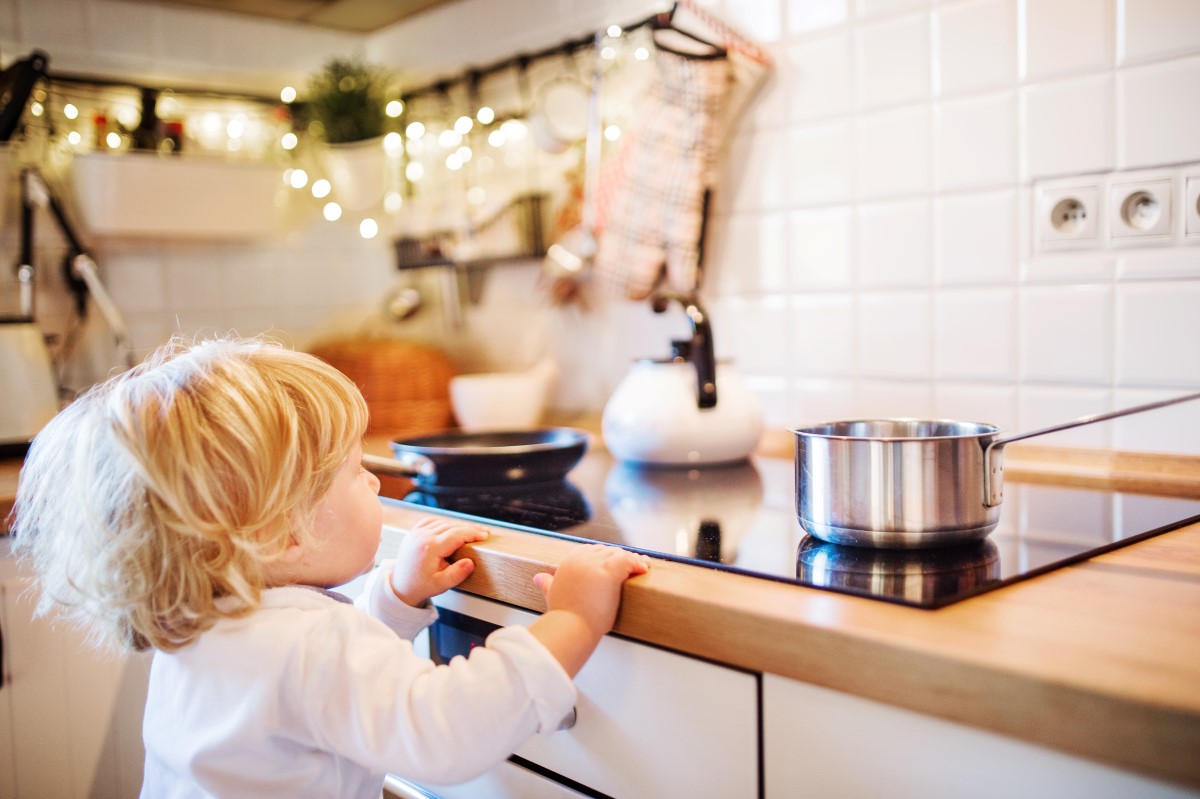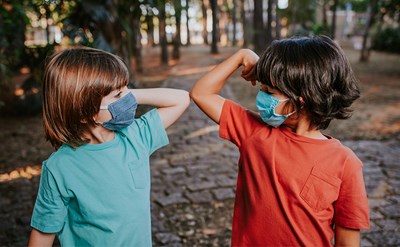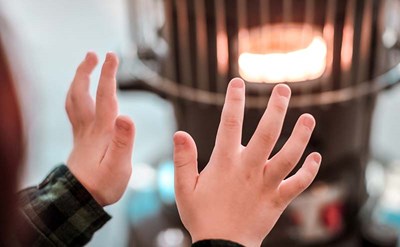Any new parent quickly learns that a toddler is into everything. It only takes a quick second for that child to get out of your sight and around something potentially dangerous. Emergency physicians treat children every day who are injured by something in their own home or someone else’s home.
Many childhood injuries that emergency physicians see daily are easily avoidable. The first step to prevention is to be aware of the items in your home, and knowing how to identify and eliminate potential childhood hazards
Unintentional injuries are the leading cause of emergency room visits among children under age 10 in the United States, according to the Centers for Disease Control and Prevention (CDC). More than 3 million children under age 10 were treated in the ER, while more than 3,300 children under age 10 died as a result of unintentional injuries.
Key Statistics:
- Falls are the leading cause of non-fatal unintentional injuries for children under the age of 10.
- 441,230 children under the age of five were injured by home furnishings and fixtures in 2019
- Drowning was the leading cause of injury death for children ages 1 - 4.
- Nearly 50,000 children under the age of five were treated in ERs for fire and burn related injuries in 2017. Fire/burn is the fourth leading cause of unintentional death in children between ages 1 - 4, and the third leading cause of unintentional death in children ages 5-9 (National Safety Council)
What You Can do in Your Home Right Now to Protect Young Children:
- Use safety latches for drawers and cabinets in kitchens, bathrooms, and other rooms that may contain dangerous products. Items like cleaning supplies, sharp objects, and medicines should all be securely stored out of reach of children.
- Use safety gates to help prevent falls down stairs and to help prevent children from going in areas that may have potential dangers. Make sure these gates meet current safety standards. Be mindful gates that only press against walls, called pressure-mounted gates, are not secure enough.
- Place protective childproof covers on all electrical outlets that are in reach of children.
- Make sure all electrical cords are out of a child's reach and properly secure.
- Fasten all heavy bookshelves, televisions, cabinets or anything that could pose a potential tipping hazard to a secure wall, making sure it cannot fall on a child.
- Use toilet seat lid-locking devices on all toilet seats to decrease drowning hazards.
- Use cordless window coverings to help prevent strangulation.
- Use corner or edge bumpers on anything with sharp edges, like furniture and fireplaces.
- Create a protective barrier around pools and spas that include at least a four-foot tall fence with self-closing and self-latching gates. It's also a good idea to look into getting pool alarms as an additional layer of protection.
Magnetic Objects
Special attention should be given to objects in the home which contain magnets as they pose an additional hazard to young children. Powerful magnet sets—often sold as desktop trinkets or parts of toys—can damage organs when two or more magnets are swallowed and their magnetic force pulls them together across different sections of the digestive system, often resulting in the need for surgery.
 American College of Emergency Physicians
American College of Emergency Physicians







